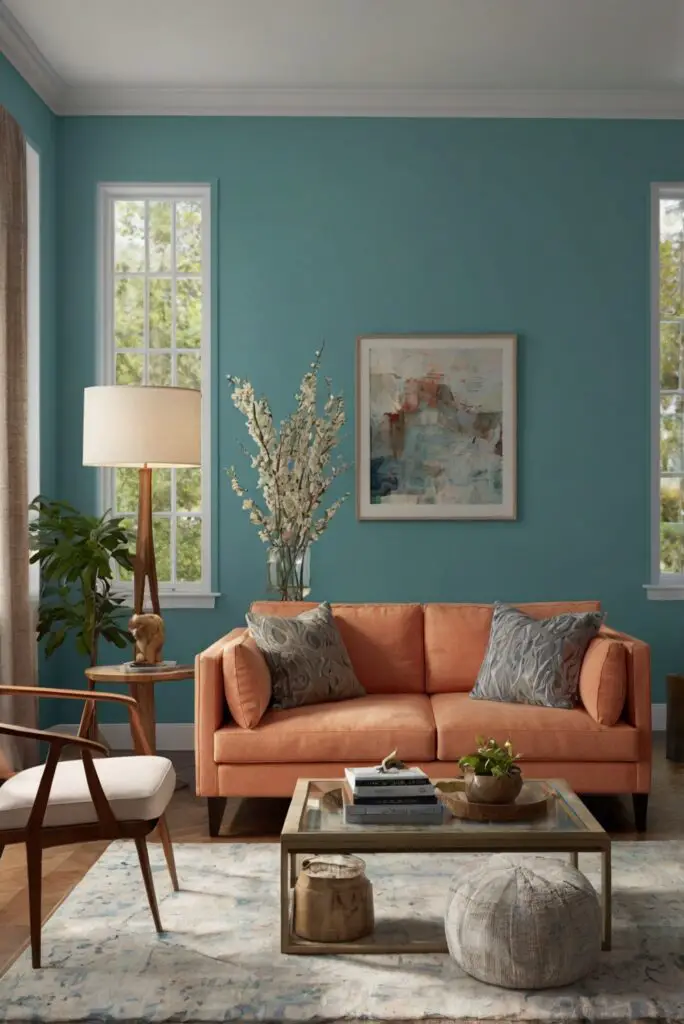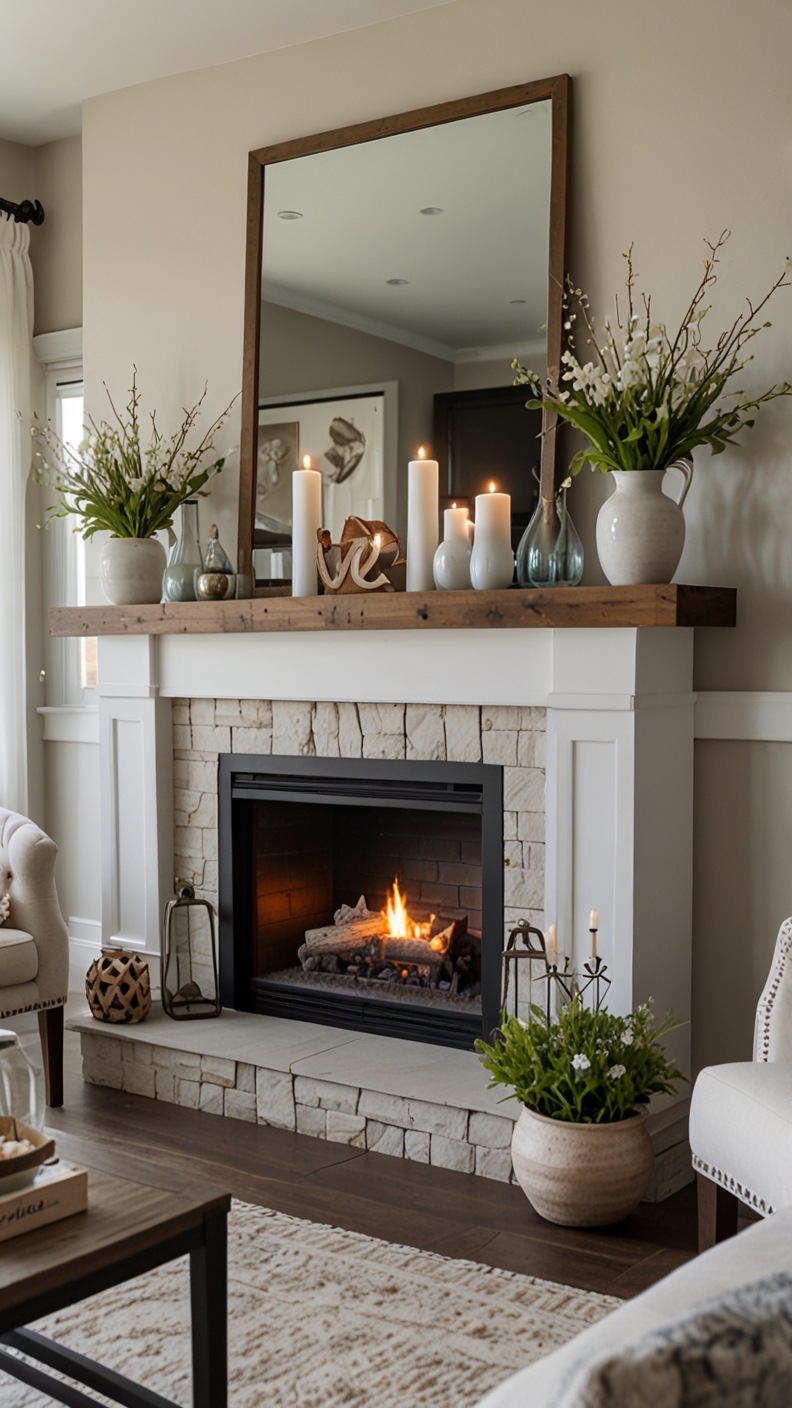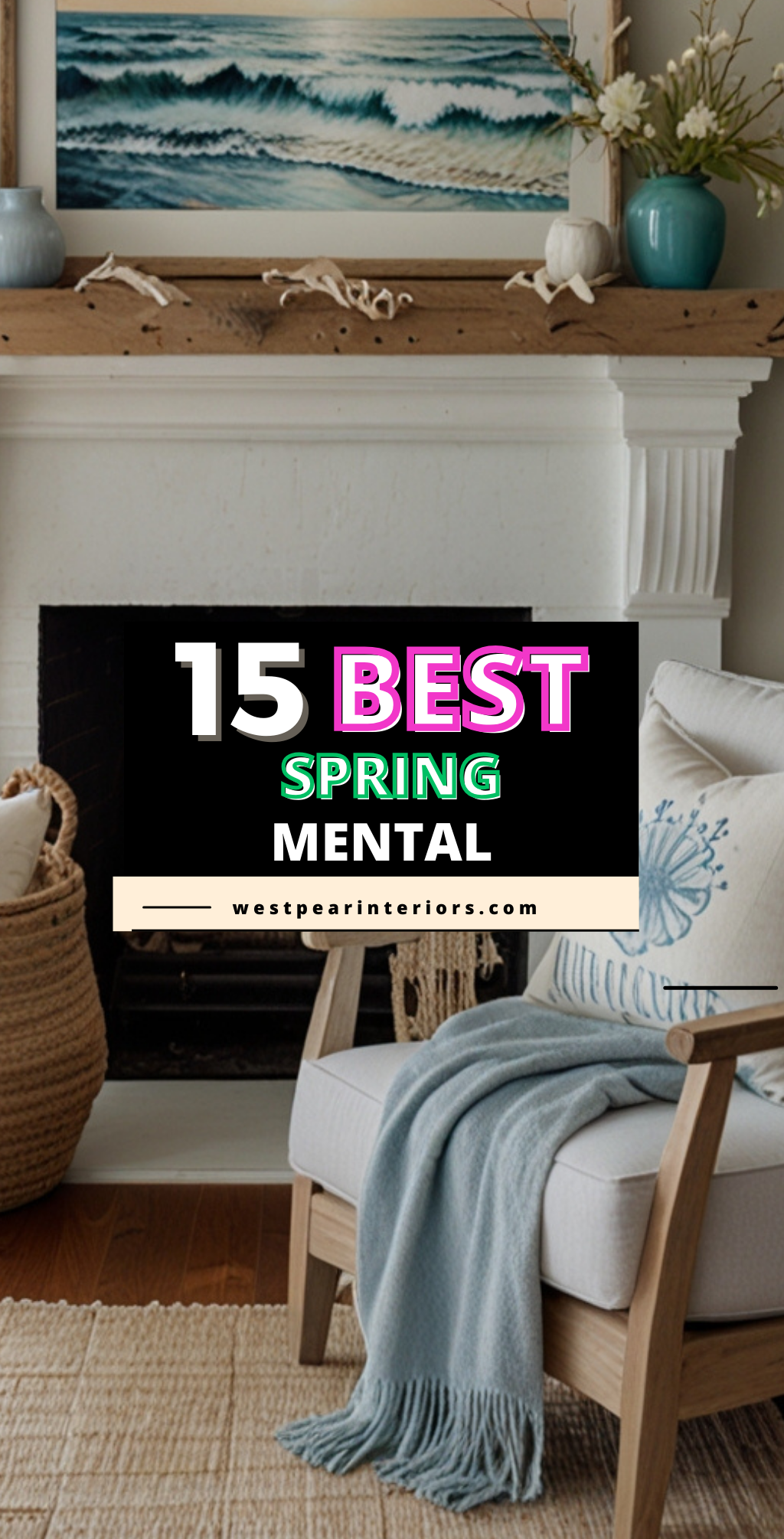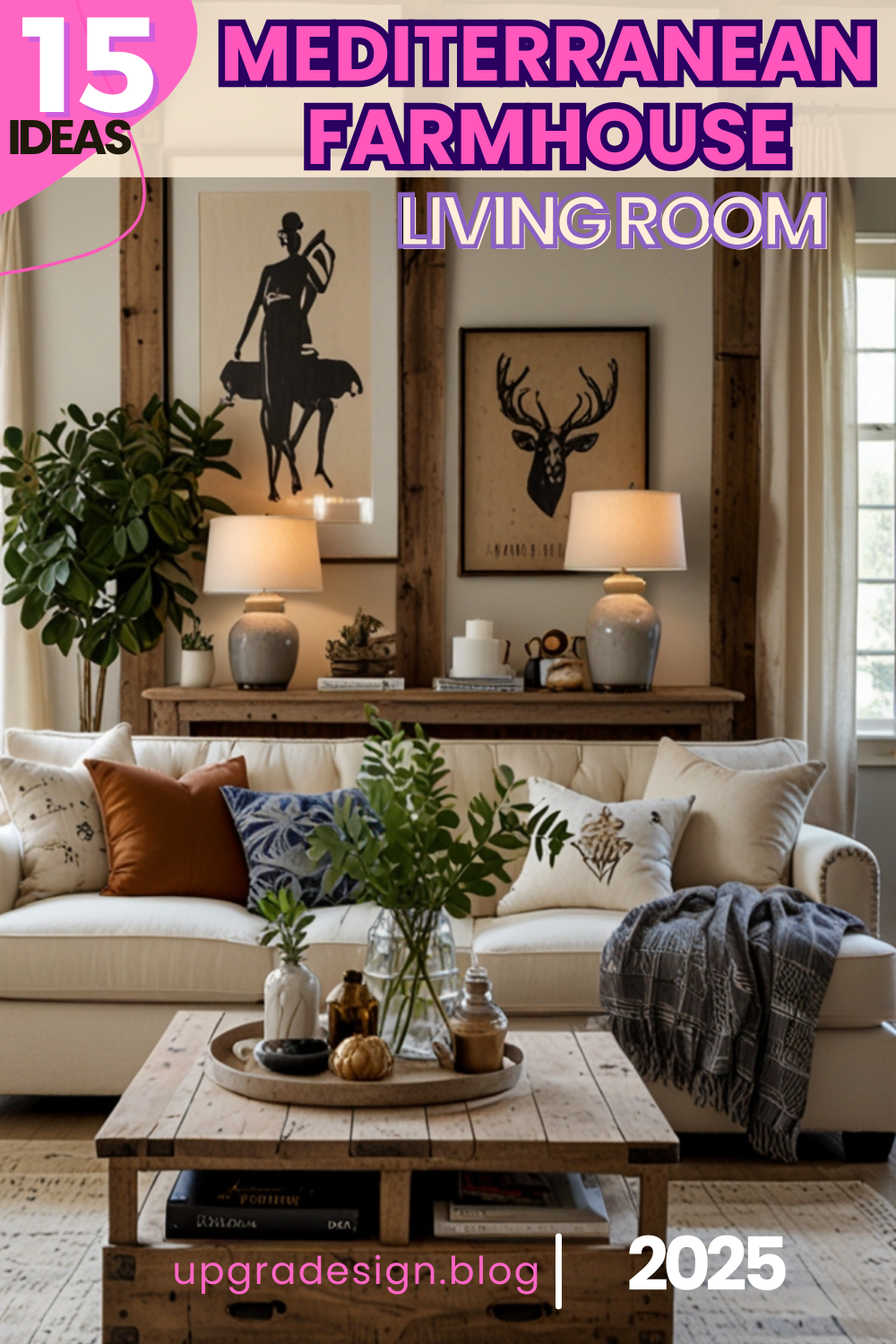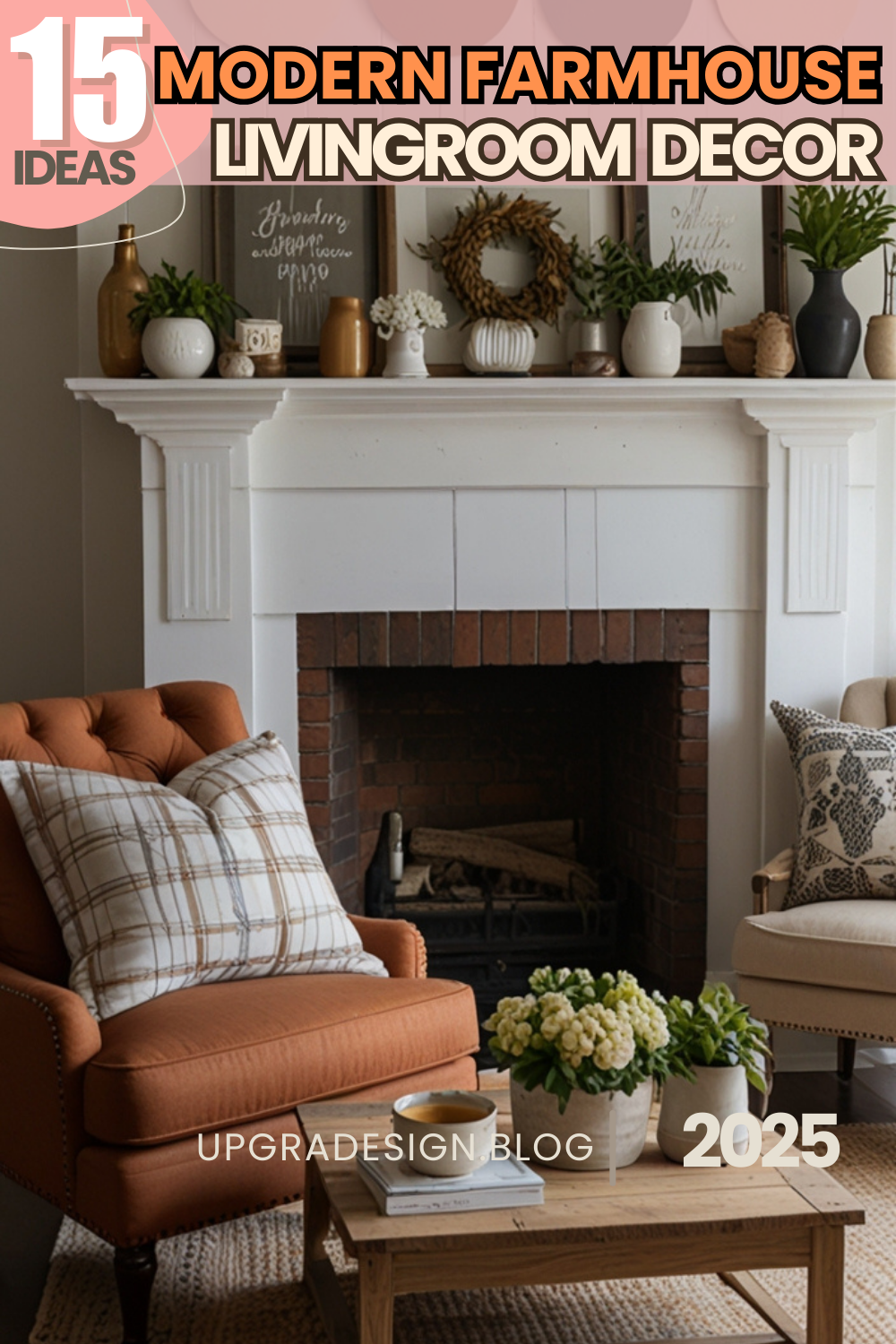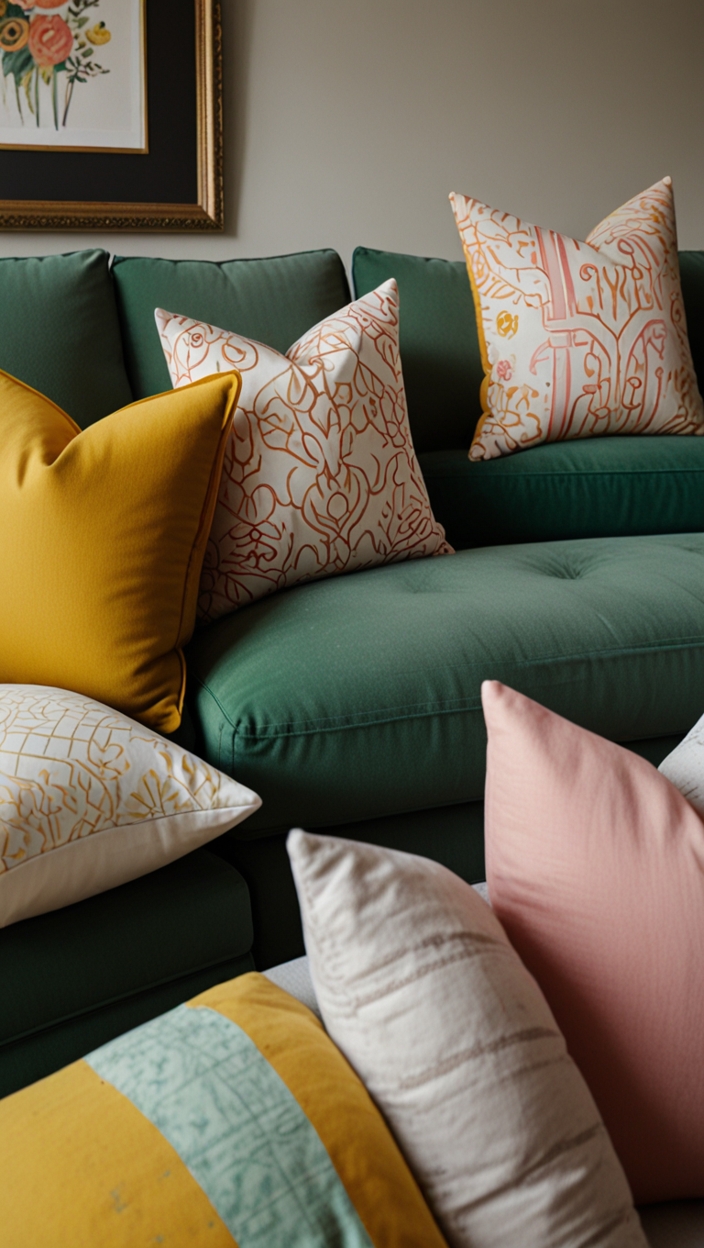Looking to elevate your contemporary living room? Explore the best color combinations in this daily routine for interior designers and transform your space with style.
**What Are the Best Color Combinations for a Contemporary Living Room?**
**Answer:**
In a contemporary living room, the best color combinations often include a mix of neutral shades like white, beige, or gray with bold pops of color like navy blue, emerald green, or mustard yellow. These combinations create a modern and chic look while also adding visual interest. To ensure a cohesive look, consider using a neutral color as the base and adding pops of color through accent walls, furniture pieces, or accessories. Incorporating textures like velvet or leather can also enhance the overall aesthetic. Remember to balance the colors to avoid overwhelming the space. Experiment with different combinations to find the perfect look for your home decorating.
How can I incorporate multiple color combinations in a contemporary living room?
My Lovely Spring Paint for 2025
Ready for a Spring Makeover? Explore the Freshest 2025 Paint Trends!
White Sage/Green SW Pistachio green Soft blue Honeysweet/Orange Pink Sugar Sage Tint BMAs an Amazon Associate, I may earn a commission from qualifying purchases at no extra cost to you.
Incorporating multiple color combinations in a contemporary living room can add depth and visual interest to the space. It is essential to choose a cohesive color palette to ensure a harmonious look. Here are some important points to consider when incorporating multiple color combinations:
- Start with a base color: Choose a neutral or muted color as the base for your living room, such as white, beige, or gray. This will provide a solid foundation for other colors to work with.
- Accent with bold colors: Add pops of bold colors such as jewel tones or vibrant hues to create focal points and add personality to the room.
- Consider color psychology: Different colors evoke different emotions, so take into account the mood you want to create in the living room when selecting color combinations.
- Use color blocking: Divide the room into different color zones to create visual interest and define different areas within the space.
- Balance warm and cool tones: Mix warm and cool colors to create a balanced and inviting atmosphere in the living room.
- Experiment with textures: Incorporate different textures such as velvet, leather, or metallic accents in various colors to add depth to the color scheme.
- Use a variety of patterns: Mix and match patterns in different colors to add visual intrigue and create a dynamic look.
What are the benefits of using a neutral color scheme in a contemporary living room?
Using a neutral color scheme in a contemporary living room has several advantages:
- Timelessness: Neutral colors such as white, beige, and gray are timeless and never go out of style, making them a safe choice for a long-lasting interior design.
- Flexibility: Neutrals act as a versatile backdrop that allows you to easily change accessories and decor elements without having to overhaul the entire color scheme.
- Lighting effects: Neutrals reflect light, making the room feel brighter and more spacious, especially in smaller living rooms.
- Peaceful ambiance: Neutral colors create a sense of calm and tranquility, promoting relaxation and a peaceful atmosphere in the living room.
- Enhanced decor: Neutrals provide a perfect canvas for showcasing artwork, furniture, and decorative items, allowing these elements to stand out effectively.
- Easy coordination: Neutral colors are easy to pair with other colors, enabling you to experiment with different color combinations and accessories.
- Modern elegance: Neutral color schemes exude a modern and sophisticated aesthetic that is perfect for contemporary living room designs.
Can I add a pop of color to a contemporary living room design?
Yes, adding a pop of color to a contemporary living room design can inject personality and vibrancy into the space. Here are some ways to incorporate a pop of color:
- Accent wall: Paint one wall in a bold, contrasting color to create a focal point in the room.
- Statement furniture: Introduce a colorful sofa, armchair, or ottoman as a standout piece that adds visual interest.
- Accessories: Use throw pillows, rugs, curtains, and artwork in bright hues to infuse color into the room without overwhelming the space.
- Plants: Greenery not only adds a pop of color but also brings a sense of freshness and life to the living room.
- Color blocking: Experiment with color blocking techniques by combining different bold colors in strategic areas of the room.
- Lighting fixtures: Choose colorful pendant lights, floor lamps, or table lamps to create a striking visual impact.
- Textiles: Incorporate colorful textiles such as blankets, curtains, and throws to add warmth and texture to the room.
How to maintain a cohesive look when using contrasting color combinations in a living room?
My fAV Spring DECOR for 2025
Discover Spring’s Best 2025 Decor Combinations – Perfect for Any Room!
Oversized Indoor Plants White Curved Sofas Rugs BOH Brown Cream Moroccan Hype Boho Rug Outdoor Patio Furniture Sets Topfinel Pillow CoversAs an Amazon Associate, I may earn a commission from qualifying purchases at no extra cost to you.
Maintaining a cohesive look when using contrasting color combinations in a living room is key to achieving a balanced and harmonious design. Here are some tips to help you achieve a cohesive look:
- Stick to a color scheme: Choose a dominant color and use contrasting colors as accents to create visual interest while maintaining harmony.
- Balance warm and cool tones: Mix warm and cool colors in the right proportions to ensure a harmonious and inviting atmosphere.
- Use neutrals as a buffer: Incorporate neutral colors to tie contrasting colors together and prevent the space from feeling overwhelming.
- Repeat colors: Repeat colors throughout the room in different elements such as furniture, decor pieces, and accessories to create a cohesive look.
- Consider color psychology: Understand the emotional impact of colors and choose contrasting combinations that complement each other to evoke the desired mood.
- Layer textures: Mix and match textures in different colors to add depth and richness to the color scheme while maintaining cohesion.
- Consider lighting: Ensure that the lighting in the room complements the color combinations and enhances the overall look and feel of the space.
What is the role of lighting in enhancing color combinations in a contemporary living room?
Lighting plays a crucial role in enhancing color combinations in a contemporary living room. Proper lighting can:
- Highlight colors: Well-placed lighting fixtures can accentuate the different colors in the room, making them more vibrant and visually appealing.
- Create ambiance: Different lighting options such as task lighting, ambient lighting, and accent lighting can set the mood and atmosphere of the living room.
- Balance natural and artificial light: Natural light can bring out the true colors of the decor and furniture, while artificial lighting can be used to supplement and enhance the color scheme.
- Control intensity: Dimmable lighting allows you to control the intensity of light in the room, which can affect how the colors are perceived.
- Highlight focal points: Lighting can be used to draw attention to specific areas or objects in the room, such as a colorful artwork or statement furniture piece.
- Boost visual interest: Lighting effects such as uplighting, downlighting, and wall washing can add depth and dimension to the color combinations in the living room.
- Accentuate textures: Lighting can enhance the textures of different materials and finishes used in the room, further enriching the overall color scheme.
Are there any specific color combinations to avoid in a contemporary living room?
While personal preference plays a significant role in selecting color combinations, some combinations may clash or create visual confusion in a contemporary living room. It is advisable to avoid:
- Too many bright colors: Using multiple bright colors in a small space can be overwhelming and visually chaotic. Opt for a balanced mix of bold and neutral colors instead.
- Clashing colors: Combinations of colors that clash or create a jarring effect can disrupt the harmony of the room. Avoid pairing colors that are too intense or do not complement each other.
- Unbalanced neutrals: While neutrals are versatile, using too many subdued colors without any contrasting elements can result in a bland and monotonous look. Add pops of color or texture to liven up the space.
- Overly trendy colors: Colors that are currently on-trend may quickly go out of style, leading to the need for frequent updates. Opt for timeless hues and incorporate trendy colors through accessories that are easy to replace.
- Ignoring the room’s function: Consider the purpose of the living room and choose colors that support the intended use. For example, calming hues may be more suitable for a relaxation area, while energizing colors work well in a entertainment space.
- Ignoring natural light: Colors can appear differently under various lighting conditions, so consider the amount of natural light in the room before finalizing color choices to prevent them from looking dull or overly bright.
How to select the right color combinations for furniture and decor items in a contemporary living room design?
Choosing the right color combinations for furniture and decor items in a contemporary living room design requires careful consideration to achieve a cohesive and stylish look. Here’s how you can do it:
- Start with a color scheme: Determine the overall color palette for the room, including wall colors, flooring, and major furniture pieces, to establish a cohesive foundation.
- Coordinate neutrals: Choose neutral colors for larger furniture pieces such as sofas, armchairs, and coffee tables to create a timeless and versatile base.
- Add pops of color: Introduce accent colors through throw pillows, rugs, curtains, and decor items to inject personality and visual interest into the space.
- Consider contrast: Use contrasting colors for smaller furniture pieces or statement decor items to create focal points and add depth to the room.
- Mix materials: Combine different materials and finishes in complementing colors to add texture and richness to the color scheme while maintaining cohesion.
- Experiment with patterns: Incorporate patterns in coordinating colors to add visual intrigue and create a dynamic look in the living room.
- Test color samples: Before making final decisions, test color samples in the actual room under various lighting conditions to ensure they work well together and complement the overall design.
- Seek inspiration: Look for design inspiration from magazines, websites, and interior design blogs to discover new color combinations and trends that suit your style and preferences.

